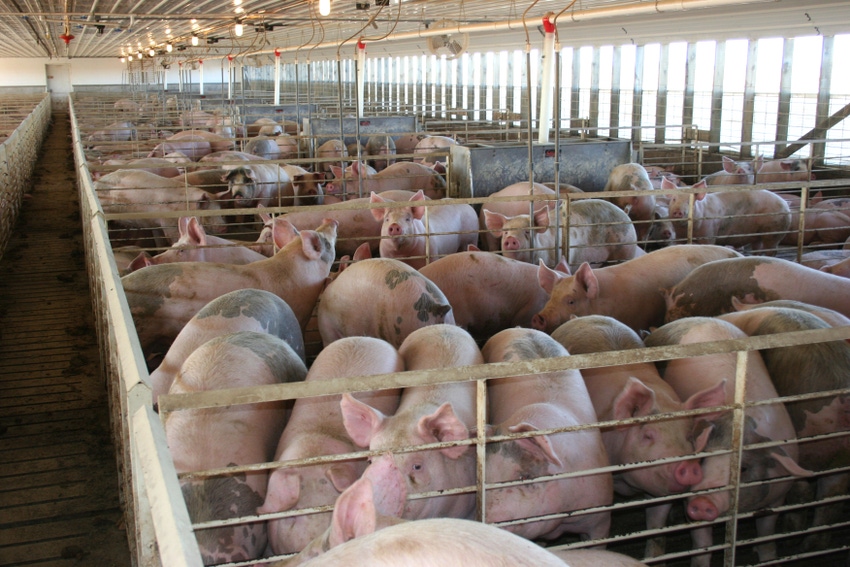EU expected to remain dominant pork supplier to China despite market share gains from U.S., Canada and Brazil.

The U.S. Department of Agriculture's Foreign Agricultural Service, in its latest “Livestock & Poultry: World Markets & Trade” report, revised its estimate of China's pork production 4% higher for 2020 due to strong gains in average carcass weights and slaughter.
“Motivated by record profits, producers are finishing animals at higher weights to maximize pork output,” USDA noted. “However, a sharply lower breeding herd and continued impacts from African swine fever (ASF) will drive production 23% lower year over year in 2020.”
USDA left its estimate of 2019 pork imports unchanged at 2.6 million tons but increased its 2020 import forecast by 200,000 tons to 3.7 million tons.
According to newly released data from China’s General Administration of Customs, pork imports in 2019 rose a sharp 75% year over year to 2.11 million metric tons as the country dealt with an ASF outbreak that decimated more than half of its domestic hog herd.
“The United States, Canada and Brazil all stand to increase market share in China this year; however, the European Union is expected to remain the dominant supplier,” USDA noted.
USDA raised the EU export forecast for 2019 by 6% due to strong second-half shipments to China. In fact, the report said monthly exports reached a record 400,000 tons in October, with year-over-year exports to China quadrupling to 250,000 tons. However, USDA left the estimate for 2020 European pork exports unchanged, although still a record, at 3.9 million tons. Despite the strong demand from China, USDA lower the 2020 EU pork production as the result of reduced slaughter.
Regarding Canada, USDA raised the 2020 pork export forecast by 8%. While China accounted for one-third of Canada’s exports in the first half of 2019, exports struggled during the second half due to the loss in market access, USDA relayed. In November, however, China lifted the restriction, which is why USDA revised the 2020 export forecast higher.
About the Author(s)
You May Also Like




.png?width=300&auto=webp&quality=80&disable=upscale)
